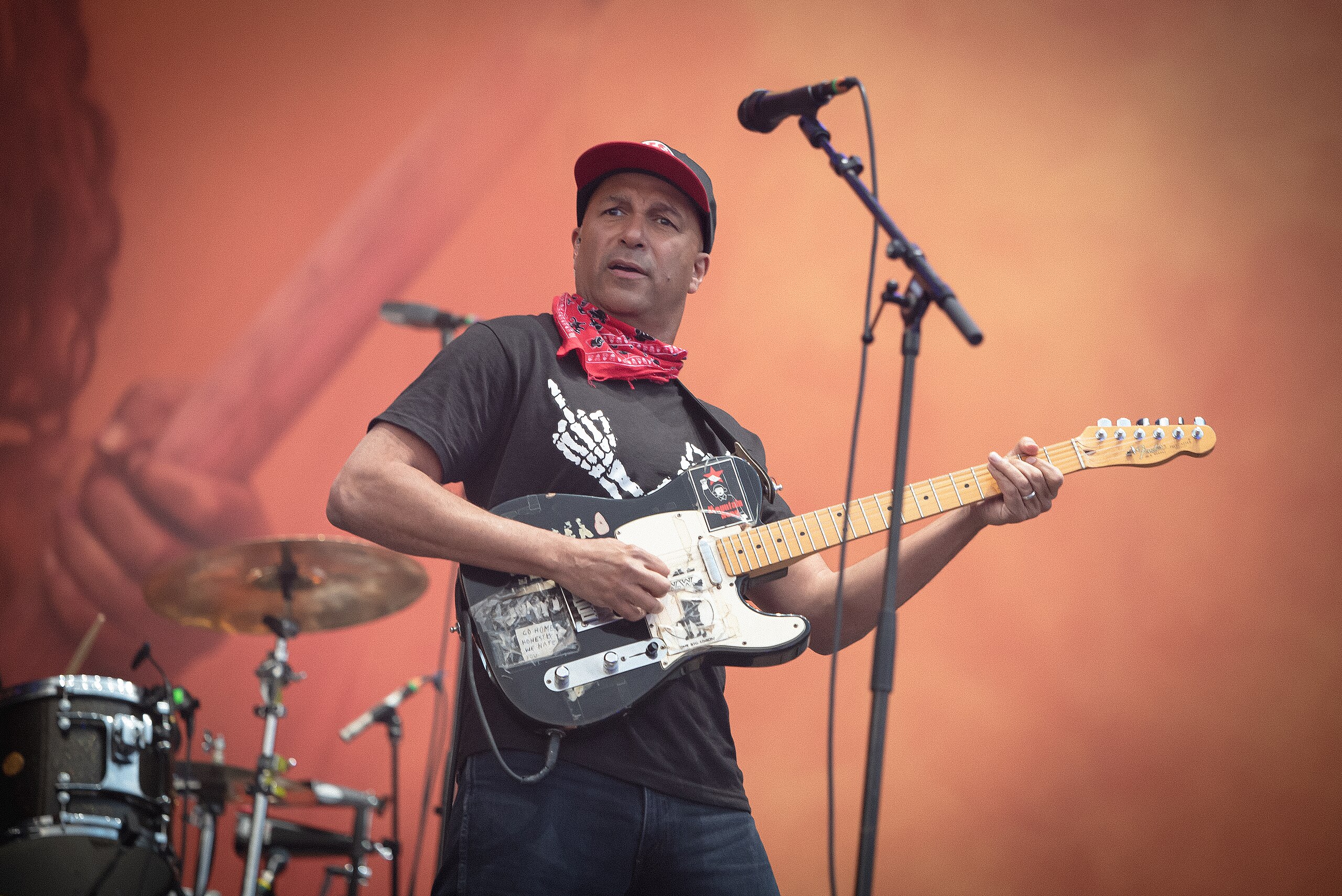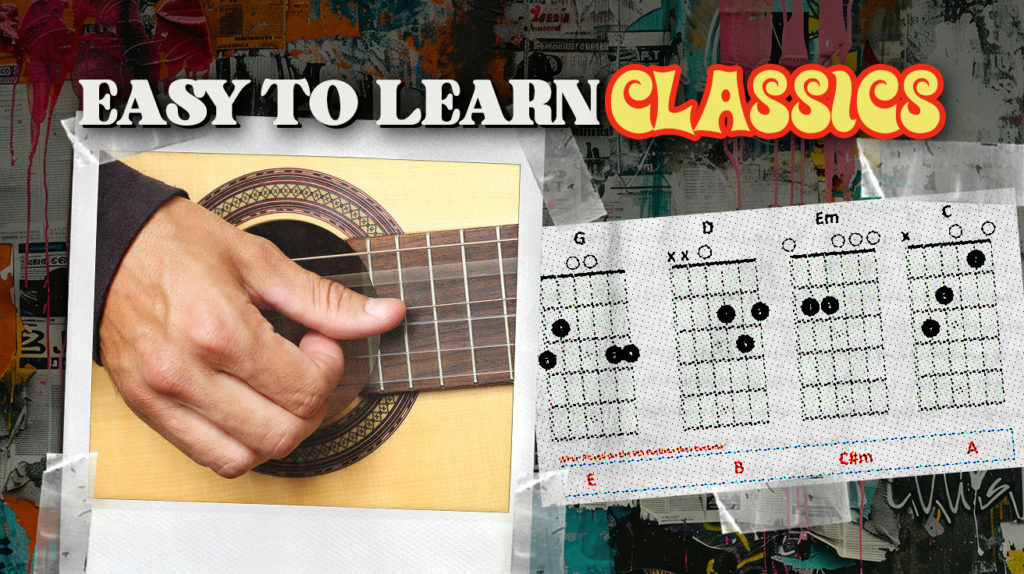
Time to dust off that guitar that’s been giving your closet some extra weight. These 16 rock and pop gems from the ’50s and ’60s need just four chords to sound awesome. It’s like discovering a secret password to the music world – minimal effort, maximum coolness. These classics have outlasted countless fashion trends because they nail the perfect combo of catchy melodies and lyrics that actually say something. Ready to transform into a rock star at your next gathering?
19. Bye Bye Love – The Everly Brothers

This timeless hit works like a gourmet recipe with just four simple ingredients – A, C, D, and E chords deliver pure musical satisfaction. (And honestly, mastering these shapes builds more useful skills than that pandemic sourdough obsession.) The Everly Brothers peaked at #2 on Billboard with this 1957 chart-climber that essentially wrote the handbook on rock and roll harmonies. For more on what made the ’50s iconic, check out these nostalgic things you’ll remember that defined 1950s America.
The intro riff sprinkles just enough spice to wow your audience without demanding virtuoso abilities. Guitar tutorials flood the internet, so even if a beginner’s fingers resemble clumsy sausages on strings, success awaits with persistence.
18. Blue Moon – Elvis Presley
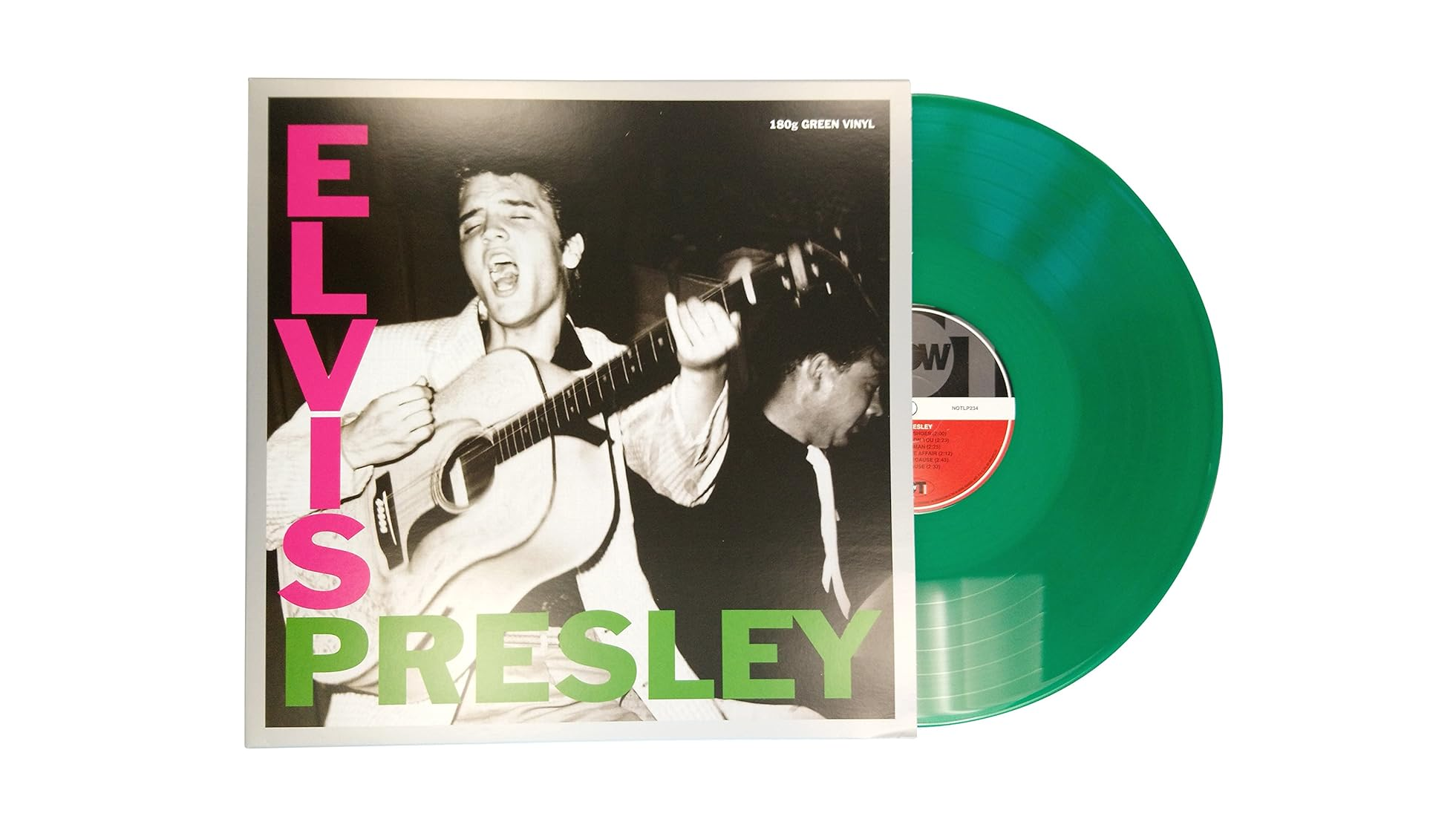
The C, Am, F, G progression in “Blue Moon” functions like the Swiss Army knife of music – adaptable, reliable, and always appropriate. This sequence underpins countless ’50s/’60s chart-toppers, essentially giving players a master key to vintage melodies. The F shape might torture novice hands initially, but perseverance unlocks musical doors worth opening.
The King transformed this tune into an icon, yet over 500 artists have since reimagined it – more interpretations than a Shakespeare play. This melodic gem shines equally in solo performances or jam sessions, and once conquered, similar classics like “Teenager in Love” and “Lollipop” fall effortlessly into a guitarist’s repertoire.
17. Big Girls Don’t Cry – Frankie Valli and The Four Seasons
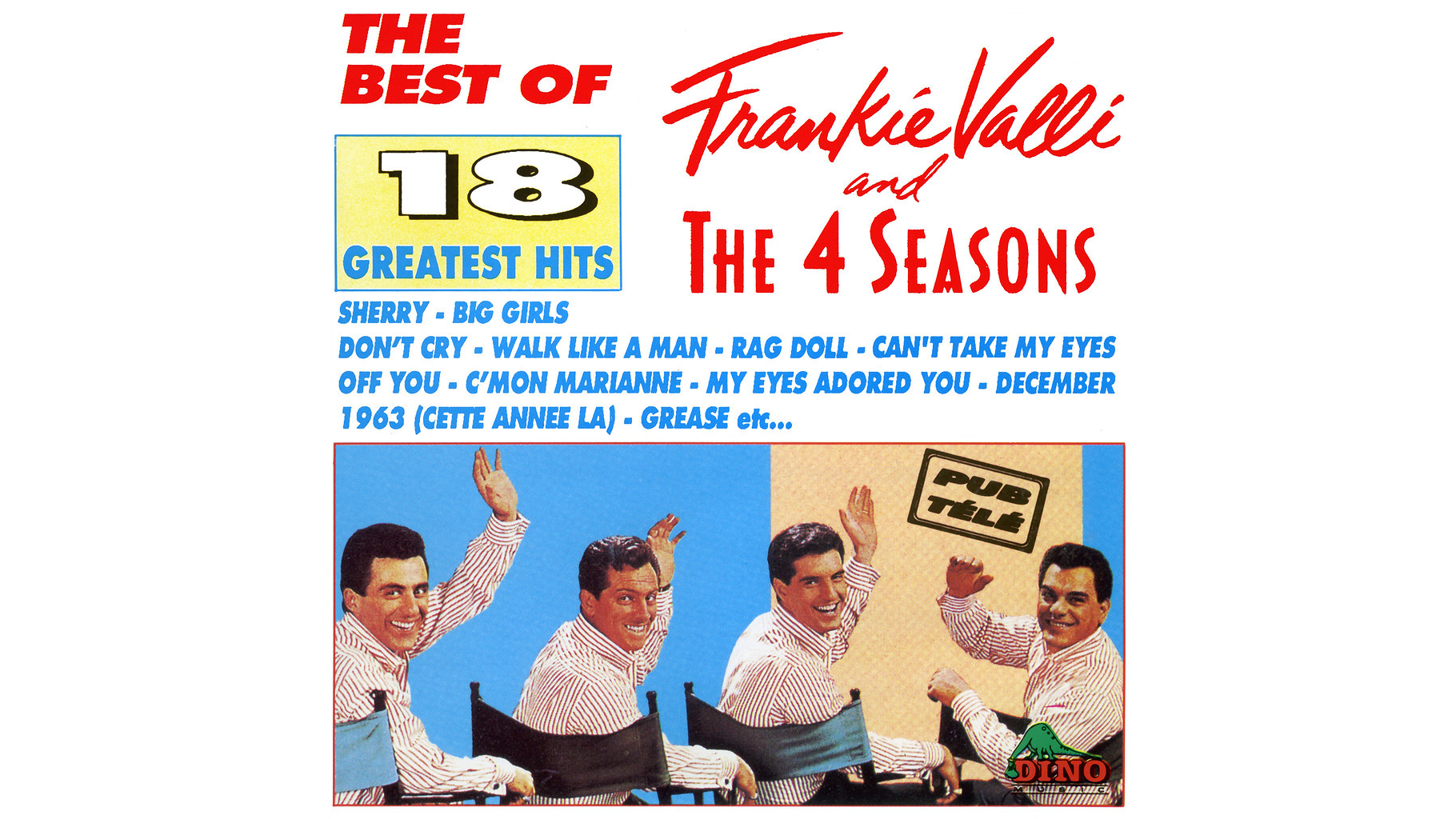
These G, Em, C, and D chords create harmonic magic as accessible as comfort food but twice as satisfying. No fancy accessories required – this 1962 chart-topper delivers straight out of the packaging. The 5-4-5 progression sticks in listeners’ heads with more tenacity than holiday tunes in December.
Frankie Valli’s falsetto revolutionized the vocal landscape, while those tight harmonies showcased why this style dominated airwaves for a decade. This track serves perfectly at jam sessions – simple enough for beginners yet impressive enough to convince onlookers that regular practice actually happens.
16. Johnny B. Goode – Chuck Berry
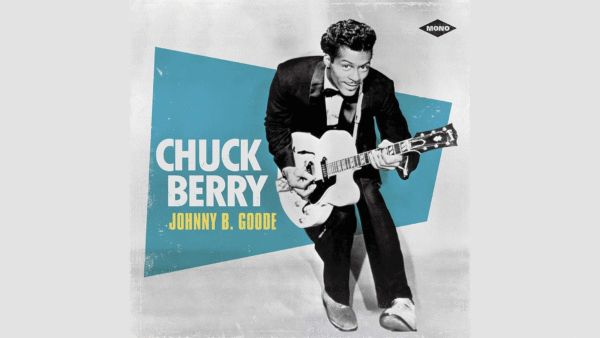
Since 1958, this anthem has functioned as rock’s ultimate tutorial – teaching essential rock techniques as effectively as a sports training montage. That iconic intro has launched more six-string careers than all guitar academies combined. The Bb, Eb, and F chords (with optional B7) establish the I–IV–V blues framework that forms rock’s DNA.
Novices often retreat from this classic faster than moviegoers from a critical flop, but don’t be deceived. By adapting keys and voicings, this musical milestone becomes surprisingly conquerable. Master these licks, and anyone earns authentic rock credentials without decades on the road or questionable lifestyle choices.
15. Heartbreak Hotel – Elvis Presley
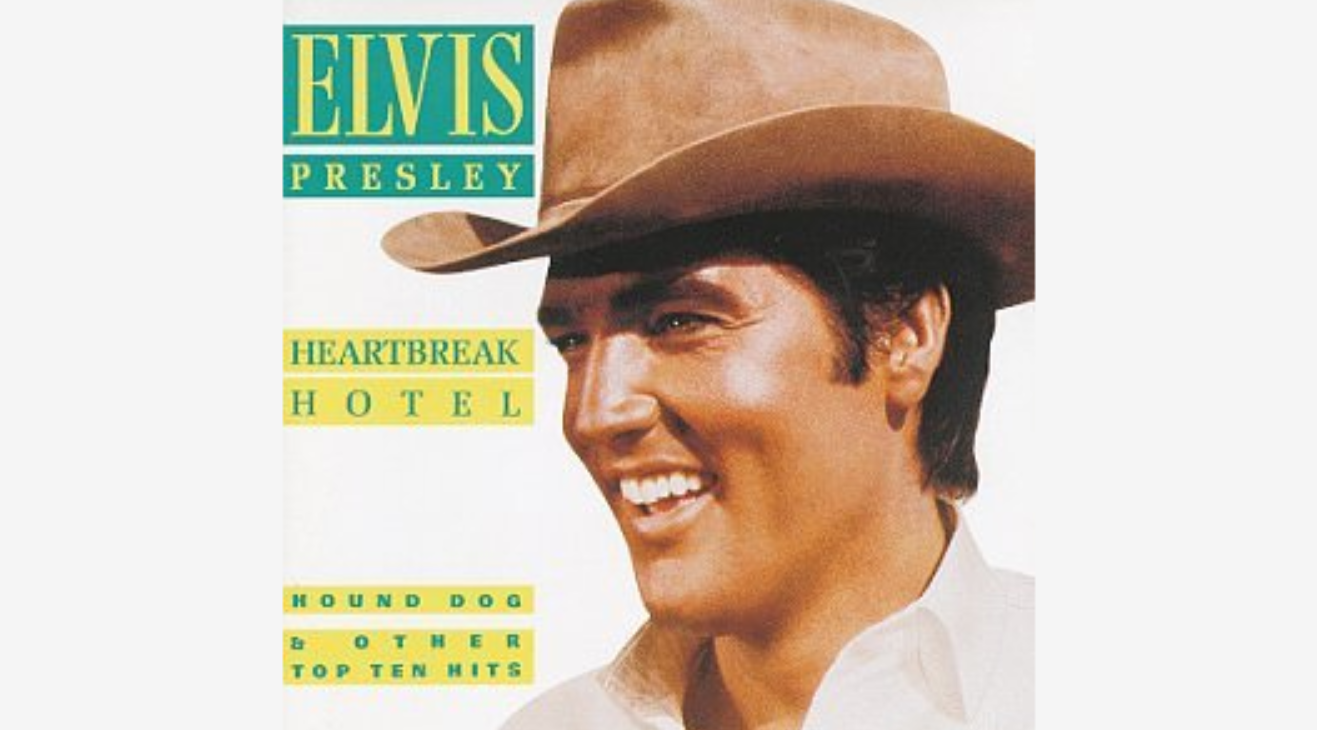
Elvis channels pure emotion through these E, E7, A, and B chords with the devastating impact of poetry disguised as a breakup text. The 12-bar blues framework steers the melody while that unforgettable riff blends rockabilly, blues, and pop into sonic perfection. The shifts between minor and major tonalities capture heartache more authentically than any angsty social media update.
For beginners, that E major barre chord presents the same challenge level as cracking a jar with slippery hands. Understanding blues influences provides the solution, developing transferable skills that unlock countless other compositions. Consider it guitar’s equivalent to learning parallel parking – initially painful but eventually impressive.
14. Hound Dog – Elvis Presley
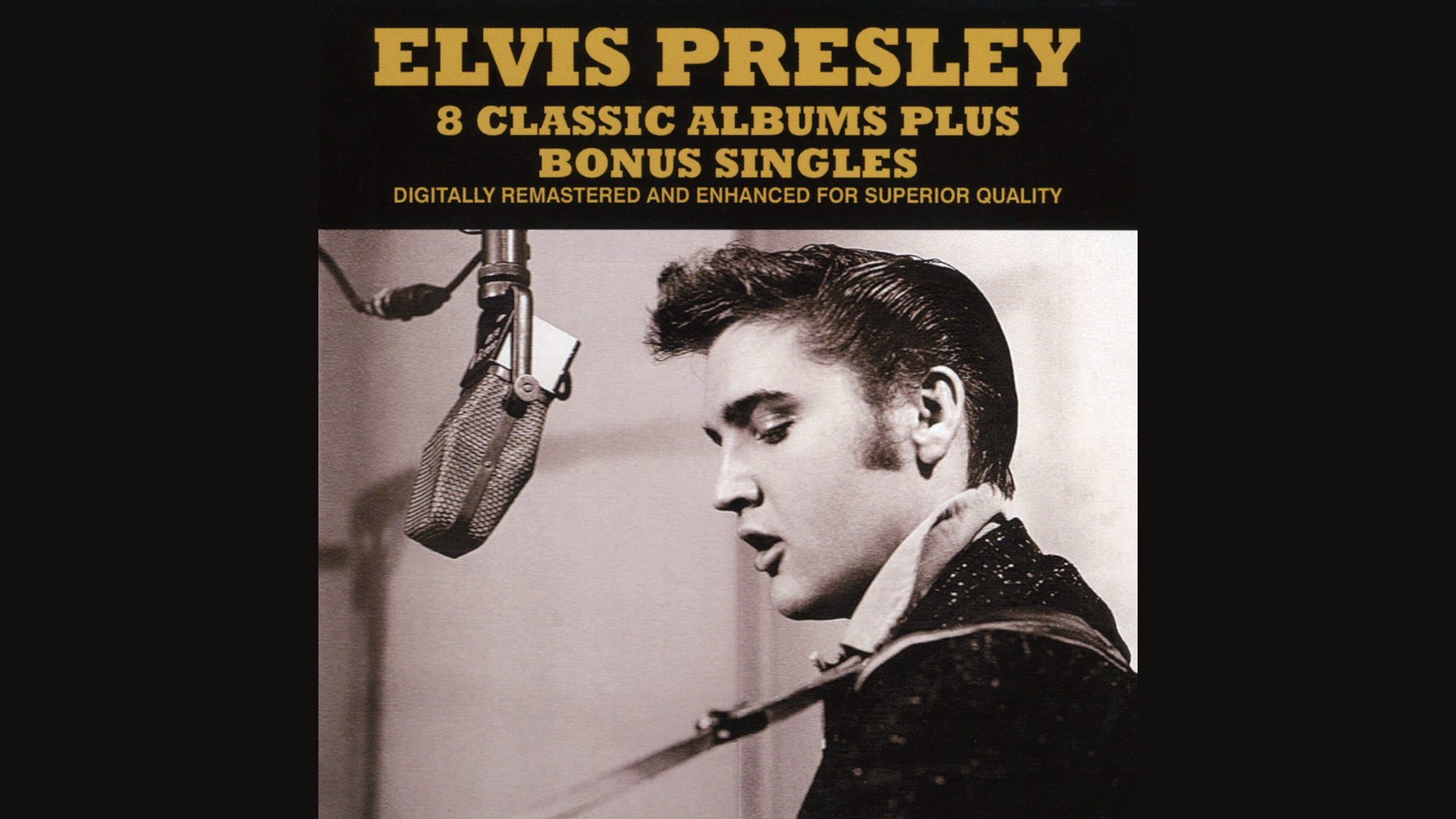
With over 10 million copies flying off shelves, “Hound Dog” stands as essential to rock’s evolution as rebellion itself. Built around 12-bar blues using C, F, and G chords, this track helped blues transform into rock with the dramatic impact of a butterfly emerging from its chrysalis. The repetitive I–IV–V progression welcomes novices still building finger strength.
The signature riff, crafted from a relocated E major shape, captures attention quicker than free dessert announcements. This composition teaches fundamental rock approaches while accommodating both barre and open-chord techniques. Think of it as music’s versatile wardrobe staple – appropriate for casual gatherings and formal occasions alike.
13. Peggy Sue – Buddy Holly

Holly’s classic breaks from standard blues with its zippy tempo and distinctive percussion – like trading your bicycle for a motorcycle. This composition demands A, D, and E chords, plus that slightly challenging F major (substitute Fmaj7 if fingers protest). Holly’s revolutionary rhythms combine with straightforward pop melodies like opposite flavors creating culinary magic.
Guitar instructors describe this track as a pivotal learning step. It develops rhythmic control that elevates everything else in a player’s arsenal. This distinctive sound defined an entire musical era and shaped countless musicians’ approaches. Conquering its characteristic rhythm transforms other pieces into comparatively simple challenges.
12. Hit the Road Jack – Ray Charles

This singalong favorite adapts to any environment with the social grace of a perfect party host. The Am, G, F, E progression creates a descending pattern that satisfies like solving a puzzle. Imagine musical stairs leading dramatically downward – each chord carrying listeners deeper into blues territory.
This Grammy Award winner translates beautifully across guitar, keyboards, or full ensembles. If standard F barre shapes feel like solving equations with boxing gloves, try F7 or Fmaj7 for smoother alternatives with enhanced tonal color. The composition’s accessibility makes it ideal for group performances.
11. Runaround Sue – Dion

Dion packed this tune with the resilient D, Bm, G, A progression that’s weathered musical trends like cast iron survives kitchen renovations. Released in 1961, its doo-wop structure influenced generations of hits and dominated Billboard. This chord sequence appears throughout ’60s classics, essentially functioning as a skeleton key to that decade’s soundtrack.
Novices can substitute Bm7 while learning – comparable to stabilizers before tackling two-wheel cycling. Mastering standard Bm, however, delivers dividends like smart investments, unlocking dozens of similar compositions with minimal additional effort. This track builds valuable barre chord technique, developing hand strength that makes future musical challenges less daunting.
10. I Saw Her Standing There – The Beatles
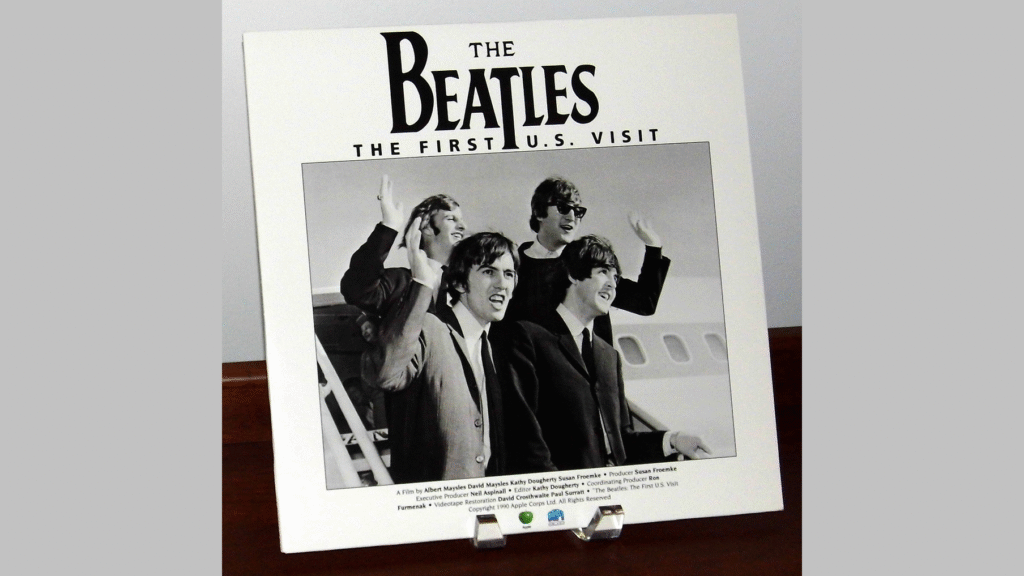
The irresistible appeal of this early Beatles classic stems from its E7, A7, and B7 chords that merge blues influences with pop sensibilities – like adding chocolate to coffee for enhanced flavor. The C7 shape slides effortlessly up the fretboard, creating hooks that launched worldwide Beatlemania.
This composition offers the perfect gateway to 7th chords, which enhance basic progressions like quality lighting improves photographs. The track sparked the British Invasion and shaped musical history for decades. Once musicians conquer this arrangement, they understand why four Liverpool lads still captivate audiences sixty years later – their compositional brilliance shines through even simple chord structures.
9. Fun, Fun, Fun – The Beach Boys

Forget misconceptions about Beach Boys compositions requiring conservatory training – “Fun, Fun, Fun” delivers California sunshine through just C, F, G, and D chords. It’s like discovering that gourmet restaurant sensation contains only four everyday ingredients. The tune peaked at #5 in 1964, defining surf rock’s optimistic energy and pristine vocal arrangements.
Attach a capo on the 3rd fret to match the original E flat tonality, or maintain C positioning for maximum accessibility. Either approach delivers more enjoyment than the title suggests. Beginners gravitate toward this piece because practice sessions suddenly transform from chores into pleasure. Soon players conjure beachside atmospheres even from wintertime apartments.
8. Stand By Me – Ben E. King

This enduring classic builds around G, Em, C, and D chords to create a composition so timeless it feels woven into humanity’s collective consciousness. The legendary ’50s progression (I–vi–IV–V) delivers soulful expression that adapts to every occasion from celebrations to memorials. It functions like music’s ultimate utility tool – universally appropriate and consistently effective.
The down-down-up-up-down strumming technique taught here develops skills comparable to touch-typing – a fundamental ability enhancing countless other musical endeavors. Add a capo at the second fret for authentic tonality, or maintain G positioning for simplified fingering. Either approach creates immediate audience connection.
7. I’m a Believer – The Monkees
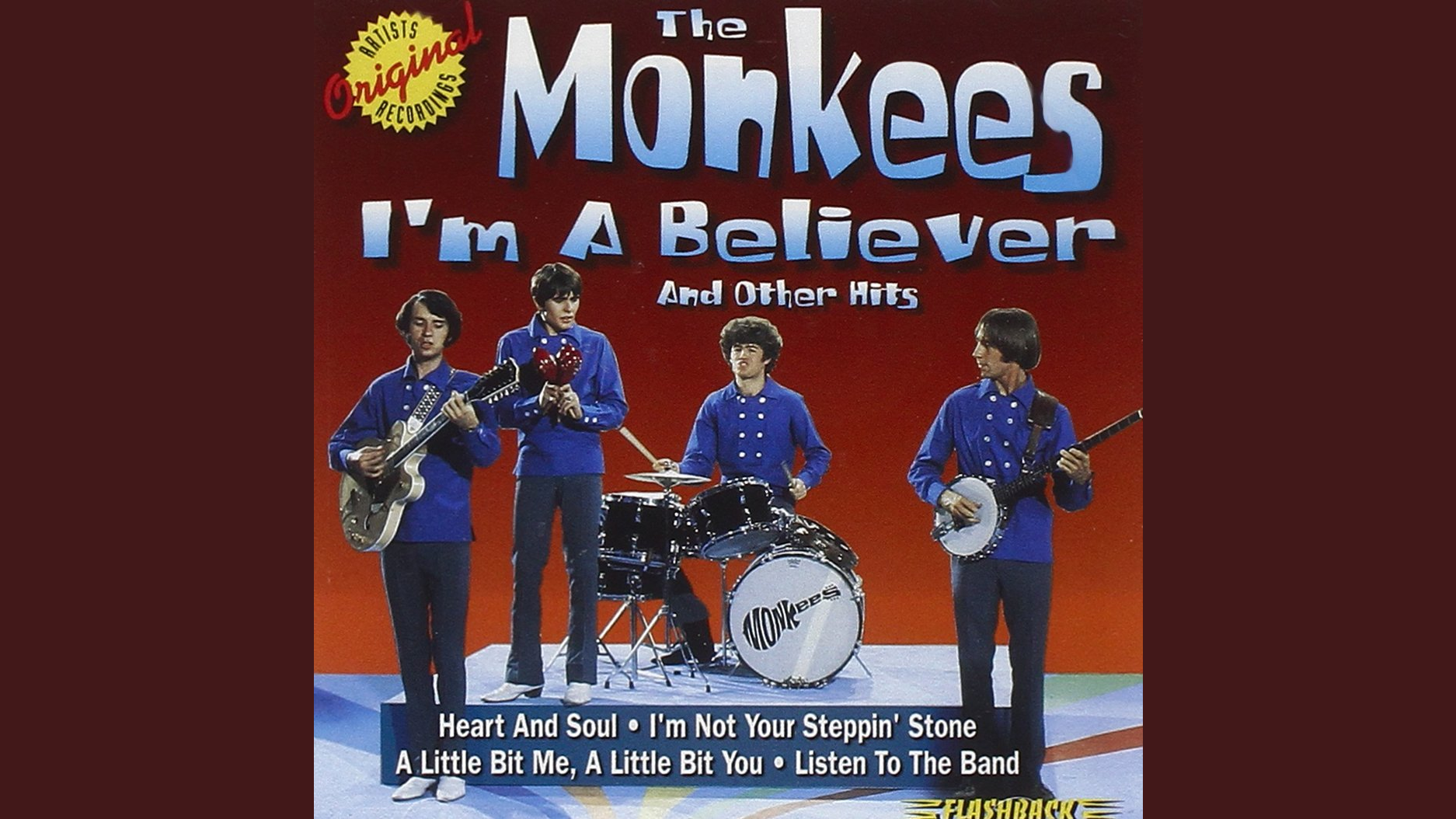
The Monkees crafted an earworm that adheres to memory like superglue with these G, C, D, and F chords. The arrangement works like a deceptively simple recipe that outshines complex culinary creations. This phenomenon generated a million advance orders before release – fans pre-purchased music before digital streaming existed even as a concept.
The F chord presents the primary obstacle, comparable to that challenging yoga position in an otherwise accessible class – try F major 7 for a gentler alternative. This piece’s structure perfectly accommodates developing guitarists while strengthening rhythmic precision during performances.
6. Brown Eyed Girl – Van Morrison

Critics sometimes dismiss this hit as overly accessible, yet its G, C, D, and Em chord progression (1-4-5-vi) has outlasted presidential administrations and musical fads. The distinctive down-down-up-up-down strumming pattern creates rhythmic hooks more contagious than office colds. That opening guitar figure triggers instant audience participation.
Guitar embellishments between chord changes offer growth opportunities for advancing players, similar to unlocking bonus features in favorite games. The lyrics evoke universal nostalgia that resonates across generations – essentially offering time travel through sound. This track peaked at #10 on Billboard Hot 100, demonstrating that accessibility often creates more lasting impact than complexity.
5. Sympathy for the Devil – The Rolling Stones
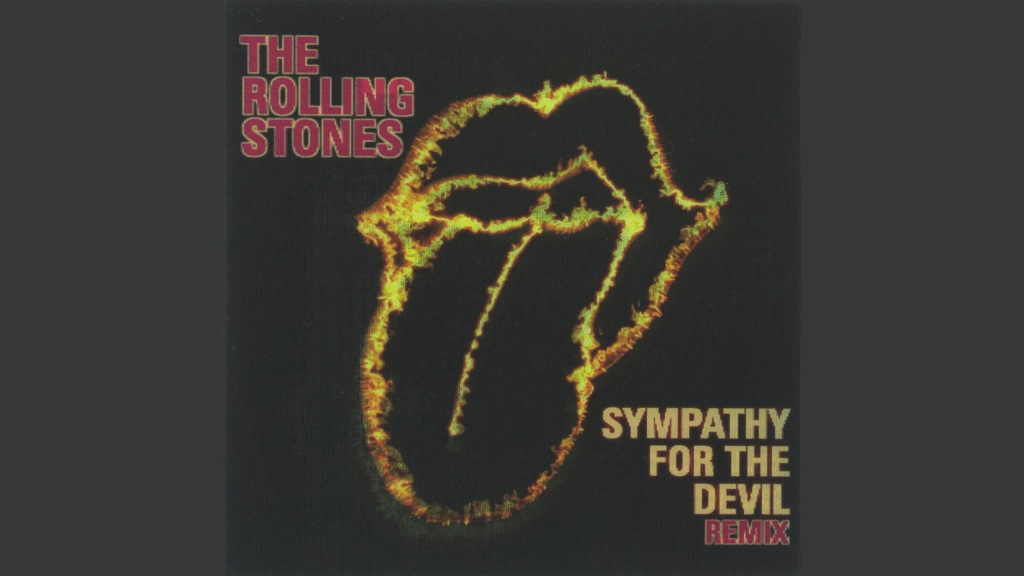
The percussion in this Stones classic creates hypnotic rhythms more captivating than endless social media scrolling. Built around E, D, A, and B7 chords, the composition reveals musical layers like a mystery novel’s gradual revelations. Simple strumming accentuates the carnival-esque atmosphere while Latin rhythms distinguish it from contemporaneous rock like exotic spices in traditional recipes.
The B7 chord introduces bluesy elements while challenging beginners similar to underwater puzzle-solving. Mastering this shape unlocks countless blues-rock compositions. The narrative creates a character study both disturbing and fascinating. Once conquered, guitarists experience the darker side of rock’s expressive potential.
4. Honky Tonk Women – The Rolling Stones
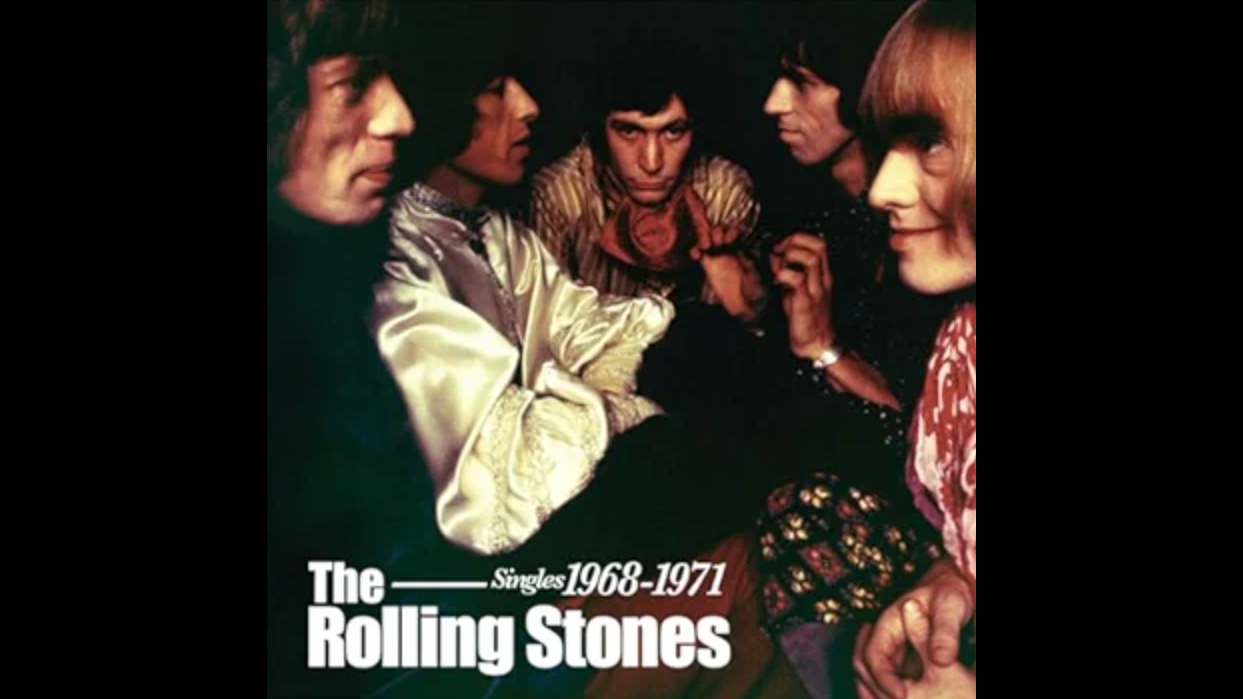
The Stones built this track around G, C, D, and A chords with the precision of expert chefs combining simple ingredients into culinary masterpieces. The composition topped Billboard in 1969 with guitar work more instantly recognizable than celebrity faces. Open G tuning (Keith Richards’ trademark approach) creates that unmistakable Stones flavor – raw, bluesy, and slightly dangerous.
The borrowed chord, technically outside the primary key, enhances interest like unexpected plot twists in favorite stories. This arrangement teaches valuable music theory – sometimes breaking conventional rules creates superior results, like deliberately caramelizing certain ingredients. The signature riff embodies pure attitude, and once mastered, explains why air guitar became a cultural phenomenon.
3. Come Together – The Beatles
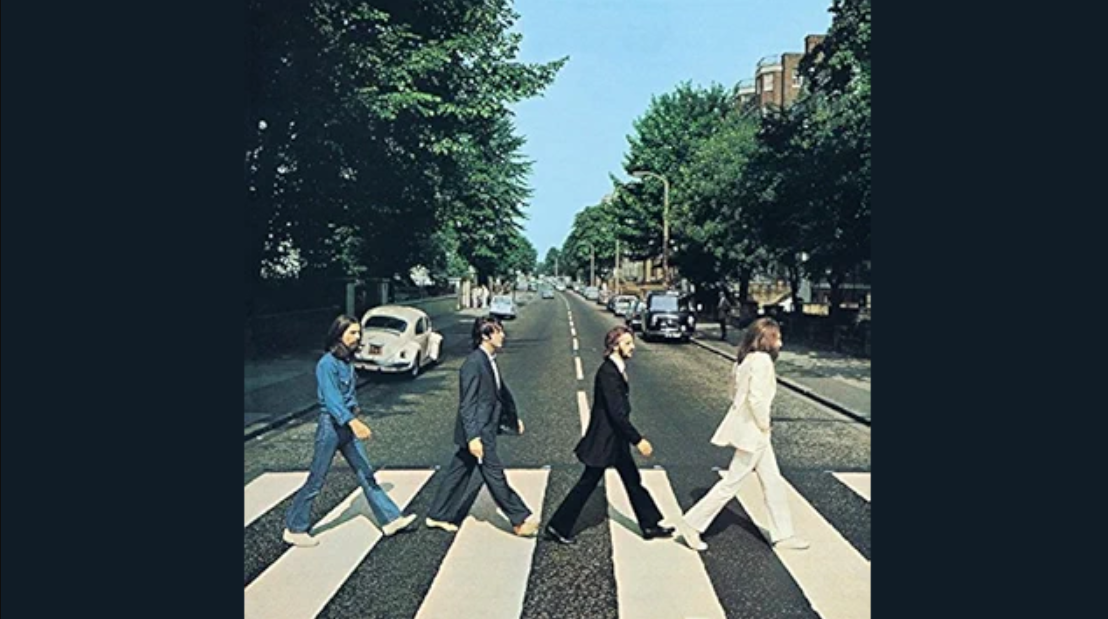
Carefully selected chord combinations can impact listeners more effectively than professional moving services. “Come Together” combines D, A, G, and Bm with basslines more mesmerizing than viral internet content. Power chords provide simplified alternatives for beginners awaiting barre chord mastery – comparable to ordering smaller portions before tackling full-course meals.
The blues influences work seamlessly with open positions and introduce the D minor pentatonic scale – essentially providing improvisation’s gateway. The groove challenges novices similar to simultaneous head-patting and stomach-circling, but develops crucial rhythmic abilities. Once mastered, players join an exclusive community understanding why this track continues fascinating audiences decades after its creation.
2. The Thrill Is Gone – B.B. King
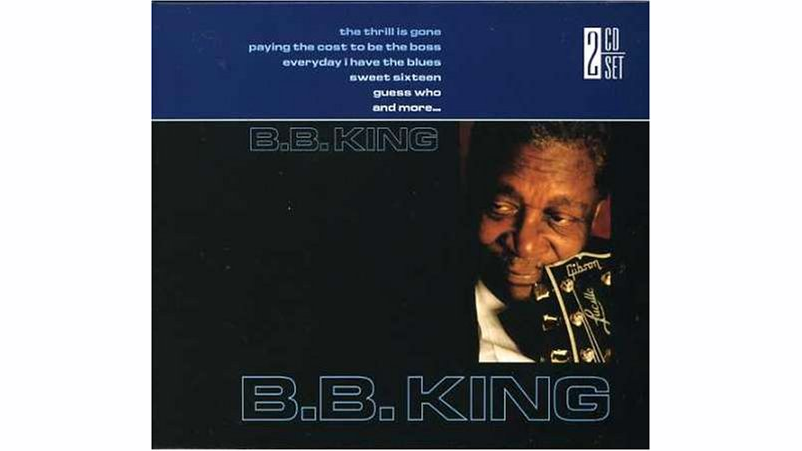
Blues shaped rock’s emotional foundation as fundamentally as technology transformed modern communication. B.B. King expresses raw feeling through Bm, Em, E7, G7 and F#7 chords, demonstrating how precise finger techniques communicate emotions beyond words. Adding vibrato and bending transforms notes like perfect seasoning elevates ordinary meals into memorable experiences.
The minor progression creates beautiful melancholy while teaching essential tonalities many beginners avoid like vegetables on pizza. These chord choices demonstrate why blues maintains relevance across generations. Mastering this composition resembles educational graduation – musicians emerge prepared for advanced challenges with solid foundational techniques.
1. La Bamba – Ritchie Valens

Nearly every guitarist learns “La Bamba” – it functions as a musical initiation comparable to other adolescent rites of passage. This global phenomenon welcomes beginners with C, F, and G chords that develop skills like learning bicycle riding – initially challenging before suddenly clicking into place. Valens’ 1950s version remains the definitive recording.
This composition transcends language barriers and cultural differences – essentially functioning as musical Esperanto. Abundant tutorials make the learning curve manageable even for absolute beginners. Once mastered, guitarists possess a crowd-pleaser that works universally, energizing parties worldwide. It perfectly demonstrates how three simple chords, strategically arranged, can create something outlasting generations of more complex compositions.









